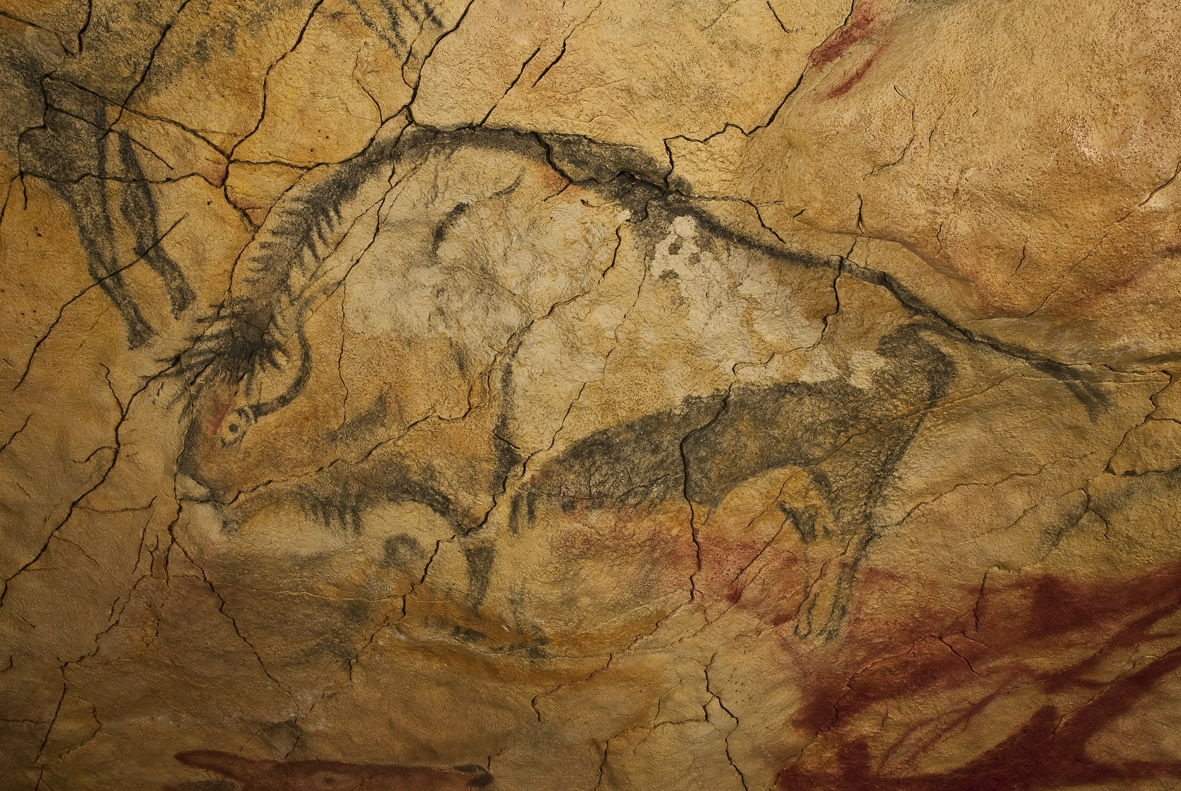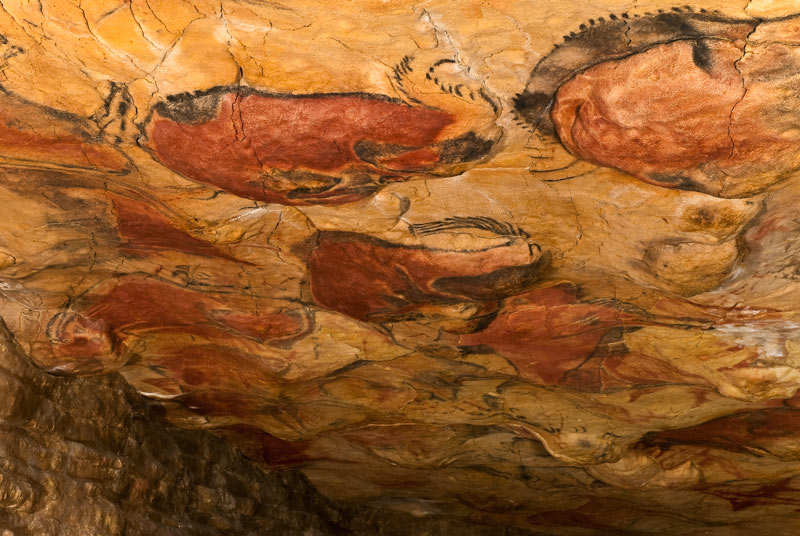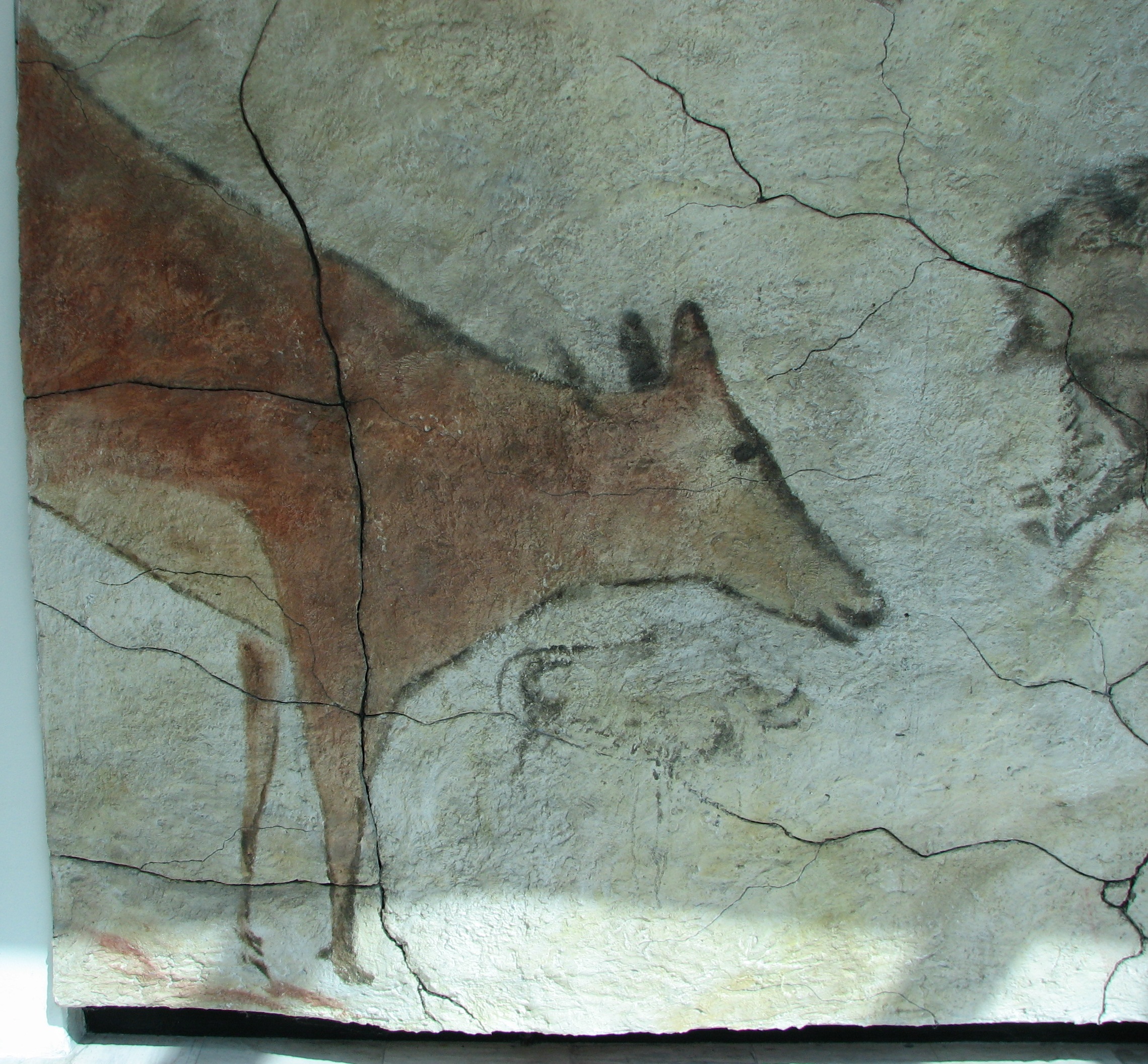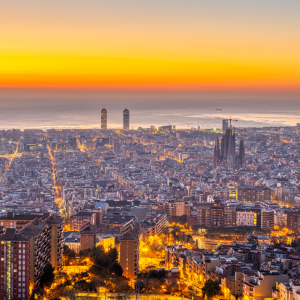In Cantabria (Spain), one of the most special caves for mankind is located, because during the Palaeolithic period it was frequented by people who painted bison, deer, wild boar, mammoths and horses. But 13,000 years ago there was a landslide that left the entrance blocked, separating the paintings from humans for millennia.

In all the years that it was isolated, the paintings deteriorated due to natural causes. This is normal, since the pigments were applied directly to the ceiling mixed with water and the water that infiltrated the rock washed them away in an irreversible and unstoppable process. If the rock where the paintings are located were waterproofed, they would dry out completely and the pigment would precipitate.

Water is both their lifeline and their condemnation. Humans are a bit like water in that respect. We have a great capacity for action, both to destroy and to protect.
We re-entered the cave in 1868, when it was discovered by a local named Modesto Comillas. This discovery was very important because until then there were no known Palaeolithic cave paintings in Europe. Moreover, the paintings were in a magnificent state of conservation for having been made so many years ago.
However, it was not until 1924 that the interior of the cave was adapted for visitors. From that moment on, its value as a work of art and as an archaeological testimony was enhanced. Altamira became a point of reference, as there were hardly any other works so complete and well preserved. But there was a problem. Visits to the cave were massive and there was no study of its impact. More than 3,000 people visited the cave every week.
Even if the paintings are not touched, the mere presence of humans inside the cave changes the environmental conditions. The cave is normally at 13.8oC, so our body, which is at 37oC, raises the temperature. In addition, we increase the amount of CO2 and introduce micro-organisms.
All these changes might have no effect on the paintings, but they could also be catastrophic. In 1979, the Altamira cave was closed for the first time because discolouration was detected in a doe. During the five years it was closed, a scientific study was carried out to understand what parameters affected its conservation. When access was allowed again, visits were limited to 200 people per week.
For the next twenty years, under this visiting regime, no damage to the paintings was observed. Moreover, in 1985 Altamira was finally declared a World Heritage Site by UNESCO, which further enhanced its protection.
But again, in 2002 the cave was closed because several green stains of microorganisms were detected. A second scientific study was carried out which concluded that the best way to ensure the conservation of the paintings was to close the cave to the public. To satisfy the interest of tourists who came to Cantabria to see the paintings, the museum and the Altamira Neocave, a replica of the original cave, were built.

Finally, in 2012, the Spanish Cultural Heritage Institute initiated another phase of studies with the aim of re-evaluating the impact of human presence on the conservation of the cave and its cave paintings. In this case, the conclusion was that the entry of tourists into the cave did not affect the cave paintings as long as they did so in a very controlled manner and with the necessary precautionary measures.
They made some experimental visits and found that the increase in temperature was reversed in 2 hours, CO2 concentrations in 8 hours and there was no increase in microorganisms in the air. In view of these results, access to the cave was reopened in 2015 and currently five people enter the cave with a guide per week.
Thanks to these studies, it has been possible to advance along the path that allows the conservation, knowledge and enjoyment of Altamira. Just as natural resources are controlled, it is also necessary to control cultural resources. The only possible way to do tourism is in a sustainable way. Let it be only water that, in thousands of years, will erase everything.













